- Video: Parrot Cichlids | 15 Types To Know
- Portrait and behavioral habits
- Video: Get Blood Parrots. Here's Why.
- Aquarium and conditions for keeping parrotfish
- Video: My 4 ft parrot fish aquarium
- Diet
- Video: Blood Red Parrot Cichlid Care And Info | Red Blood Parrot Cichlid Care
- Summary
- Video: Derp Fish! aka Blood Parrot Care Guide
- Rate the author (1)
- Comments (4)
Fabulous and exotic parrot fish - the fruit of the creative work of breeders. The fish was named because of the similarity of the shape of the head with the beak of talking birds. The bright color also brings to mind parrots. “Progenitors” - three types of cichlases, so the fish is sometimes called a three-hybrid parrot.
The fish are hardy and unpretentious, have interesting behavioral features, so they are chosen to start by beginners and experienced aquarists. What does a parrot fish eat, what are the conditions for its maintenance?
So, aquarium fish parrot - the creation of human hands - further in our article.
Video: Parrot Cichlids | 15 Types To Know

Portrait and behavioral habits
The fish are quite large, reaching 10 cm in length, but cases of growth up to 25-30 cm are known. The body resembles a barrel. Males have distinctive markings on their tails. Some anatomical deviations are the result of artificial breeding: a small mouth that opens at a small angle, the inability to have offspring, despite the presence of a mating instinct.
The fins are irregular in shape, there are species with an amputated caudal fin, shaped like a heart. The eyes are large, slightly protruding. “Portrait” complements the enchanting bright color. Natural options are shades of red, yellow, fiery, very rarely white. blue, green, purple species, but these colors are artificial and quickly lost.
Tattooed specimens, unfortunately, sometimes suggest a perverted understanding of beauty.
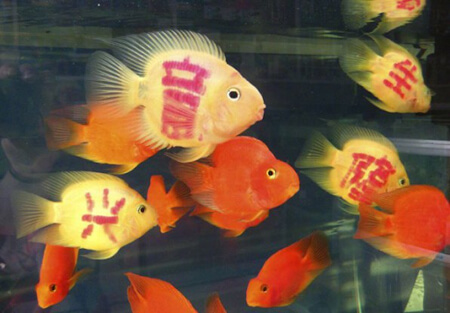
In the natural environment, parrot fish are not found, they are not able to compete with natural species. In the tank, if you follow the rules for the care of the aquarium and fish, they can live a long, quite happy life.
What does a parrot love most? Addictions determine the main behavioral features:
- digging the soil and making nests;
- attachment to the owners. Fish “meet”, gather near the walls of the container, sometimes allow themselves to be stroked;
- aggression towards other fish species during the spawning season;
- Male respect for territorial independence during the mating season. Only “girlfriend”
- is allowed to be on its territory
- Lower and middle water preferred.
During spawning, a couple prepares a nest for future offspring. The female lays eggs. Due to selective features, males are not capable of fertilization. Eggs are not destined to live on, they die or are eaten. Breeding this breed in a natural way is impossible, but this fact is liked by aquarists who do not welcome the breeding of fish in an aquarium.
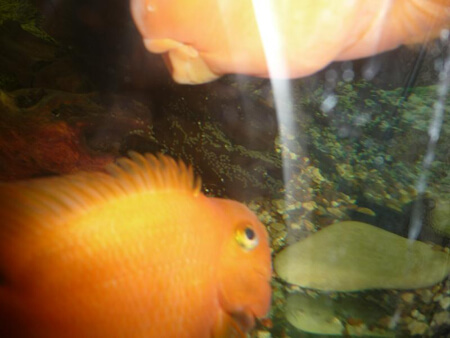
Video: Get Blood Parrots. Here's Why.

Aquarium and conditions for keeping parrotfish
How to care for parrot fish? To keep red parrots, you need an aquarium with a capacity of at least 200 liters with a lid, since cases of jumping are known. Required equipment:
- powerful filter, large individuals, produce a lot of waste;
- aerator;
- soil: sandy substrate for the bottom layer, rounded pebbles for the top layer;
- water temperature 25-28 °C, neutral acidity, hardness 5-20. The recommended water change interval is 20-30% once a week. Topping rules can be found by studying how to care for goldfish, they are similar. Tap water is preliminarily rid of chlorine and impurities;
- lighting with a predominance of the red spectrum, against the background of blue lamps, the inhabitants of the aquarium may seem faded. A good option is spotlights. With bright light output, the fish look futuristic.
It is better to keep fish in small colonies, 3-5 individuals each. Due to weakly expressed sexual differences among males, a prevailing pair may form, in this case it is appropriate to organize shelters in the decor, for example, snags, ceramic grottoes, so that weaker fish can hide from aggressive tribesmen.
Different breeds of parrotfish react differently to aquarium plants. Some are indifferent to living algae, others eat them. It is better to settle and well fix hard-leaved plants in the ground.
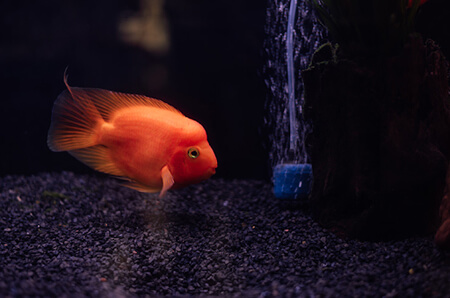
What kind of fish get along with parrots? The best content option is a species aquarium. But if you want to breed other fish, you need to select large and mobile neighbors. Recommendations of aquarists: iris, shark barbs, angelfish, catfish. Guppies, tetras will not survive next to red parrotfish.
The main cause of diseases of parrots is an increased content of phosphates and nitrogenous compounds in the water. To control these parameters, it is recommended to have drip tests on hand and adjust the water balance in a timely manner, depending on the results.
Video: My 4 ft parrot fish aquarium

Diet
Due to anatomical features, the fish can only consume certain types of food. Live and dry food is acceptable, but without overfeeding. Red parrotfish will eat all the food provided, it should be dosed. Favorite live delicacy - bloodworm.
Dry food is the best diet due to the balance and lack of danger of infection of the inhabitants. To maintain the brightness of the color, it is recommended to feed parrot fish with food with carotene.
How many times a day to feed the parrot fish?It is advisable to do this twice a day, in the morning and in the evening, calculating portions so that the food is eaten in 1-2 minutes. Excess food is removed with a net.
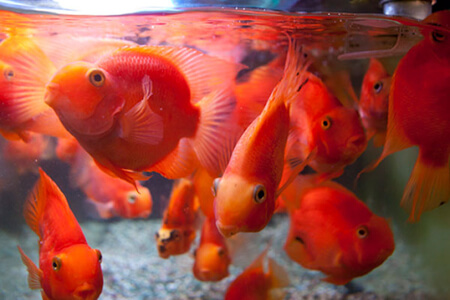
Video: Blood Red Parrot Cichlid Care And Info | Red Blood Parrot Cichlid Care

Summary
Taiwanese breeders remain monopolists in breeding Red Parrot Cichlid. They keep the secrets of breeding secrets. Despite the artificial origin, parrot fish are distinguished by excellent health. The life span of the species is about 10 years.
In the social environment, disputes about the ethics of breeding hybrids do not subside. Fish are artificially painted, tattooed, tails and fins change shape. Trihybrid parrots are considered exotic, and whether to grow this species in your aquarium is a purely individual question.
Video: Derp Fish! aka Blood Parrot Care Guide



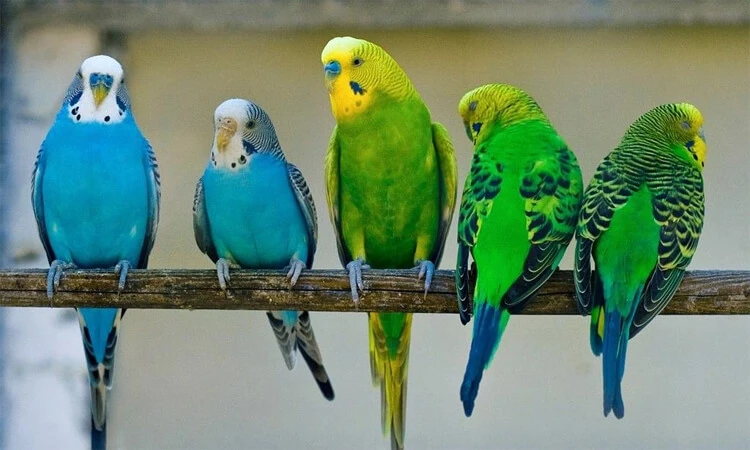


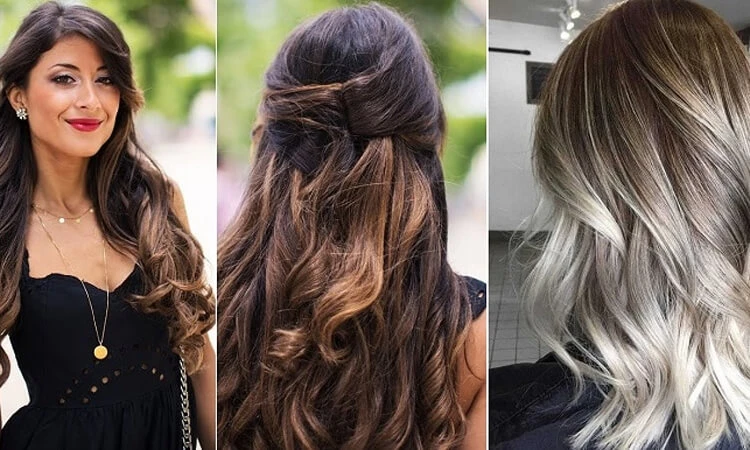



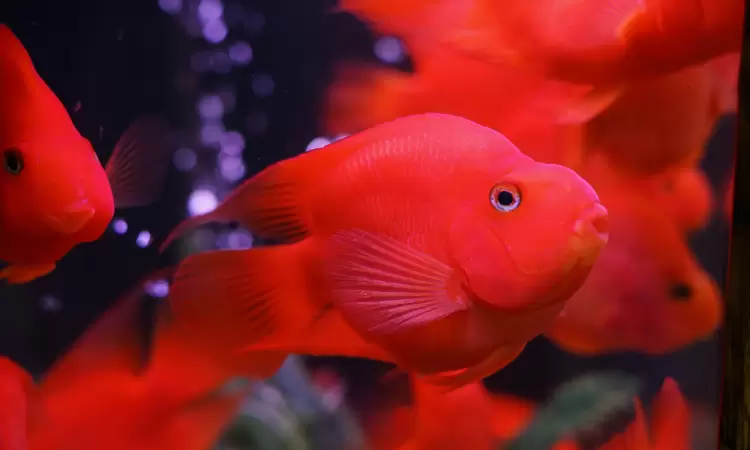




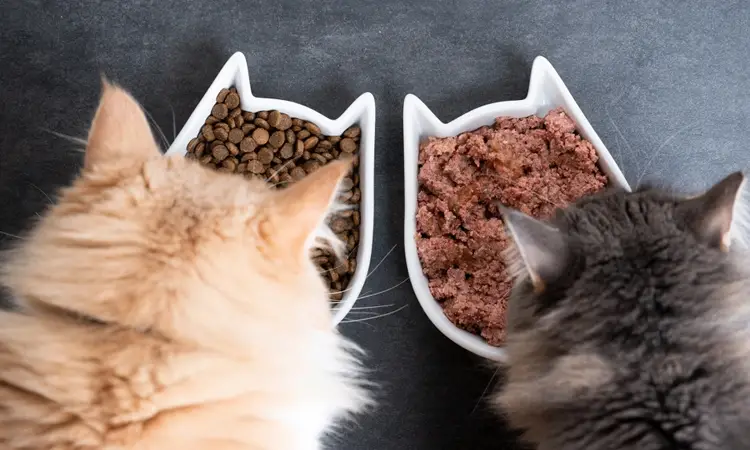
Comments (4)